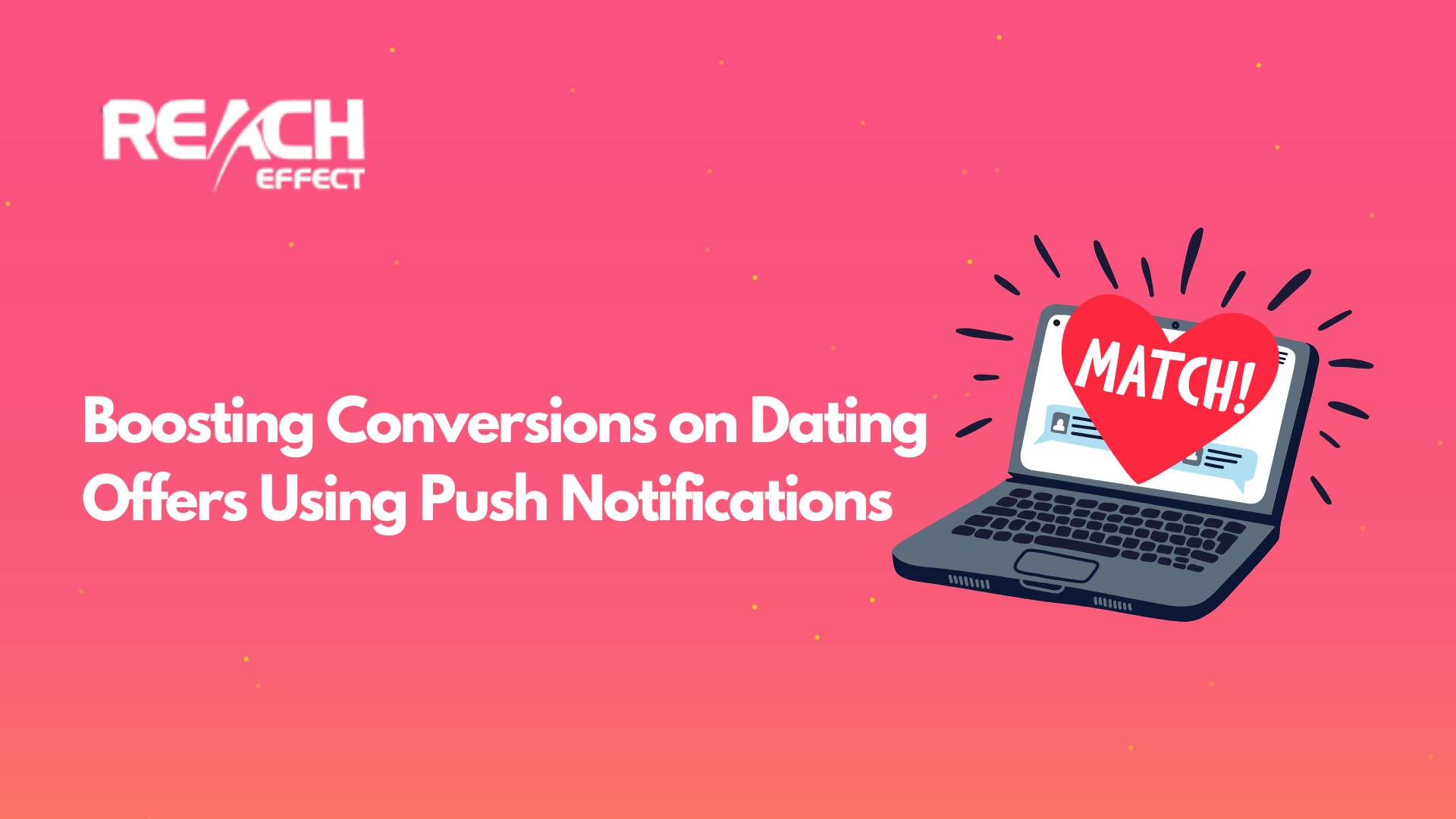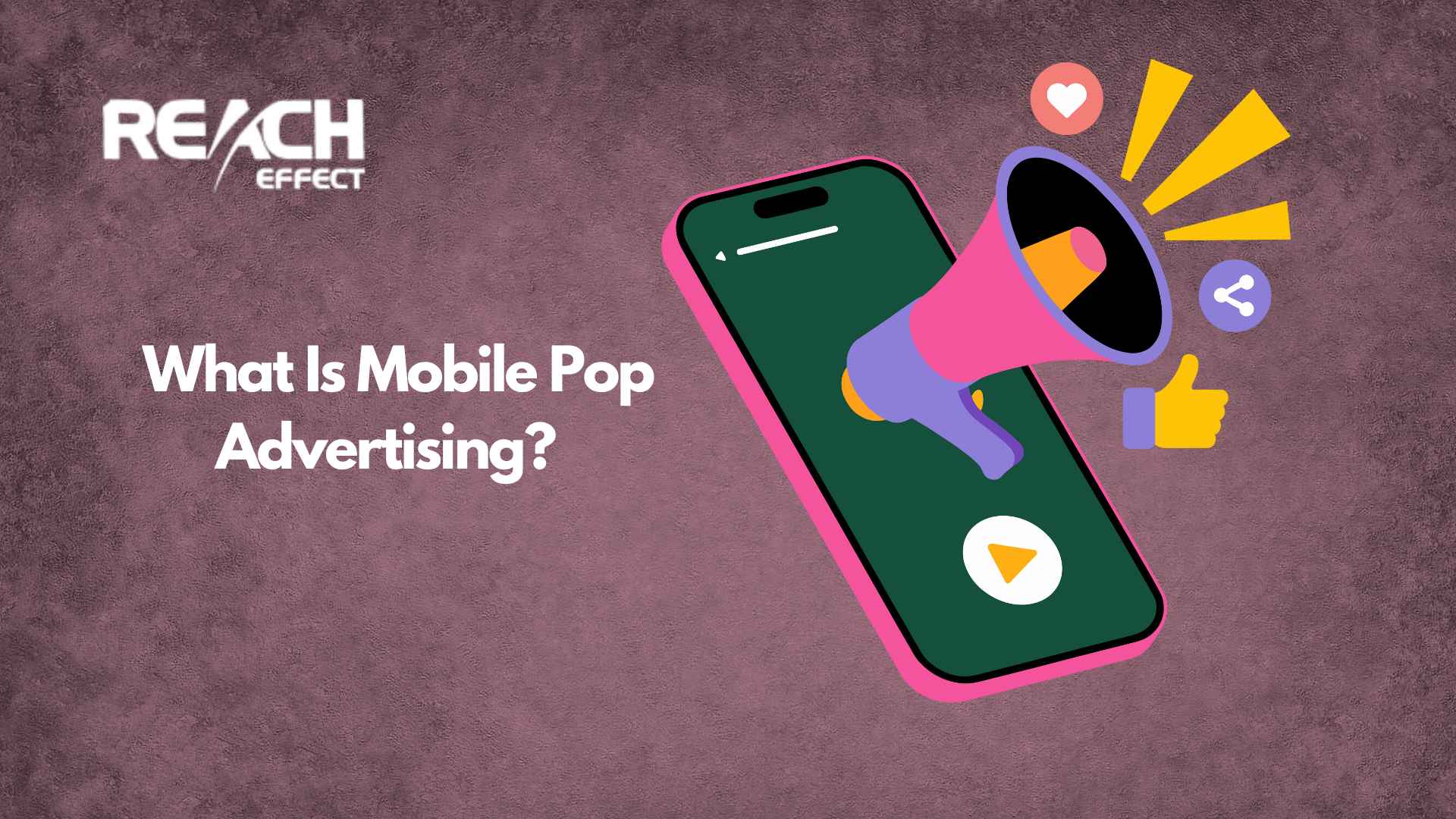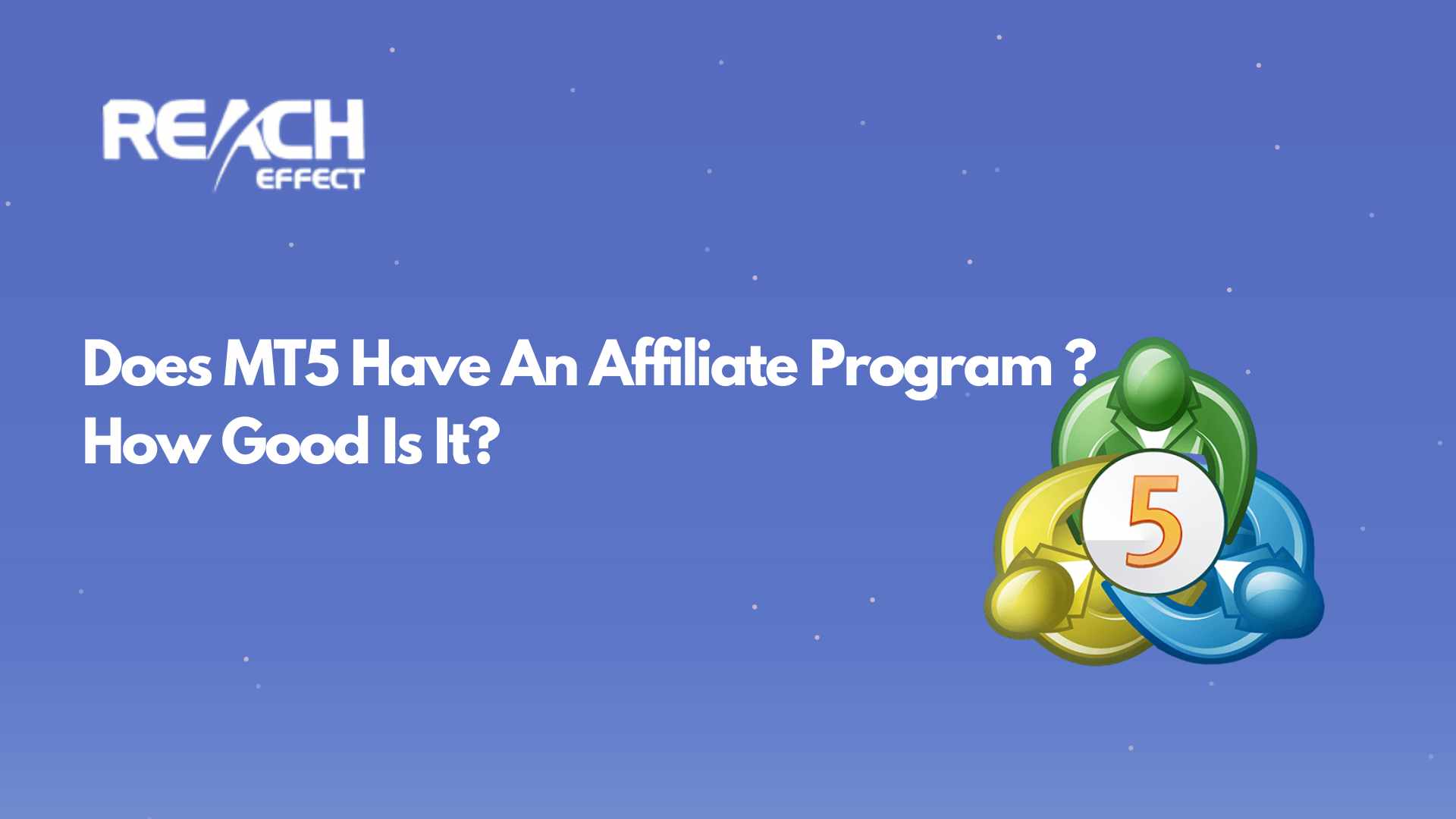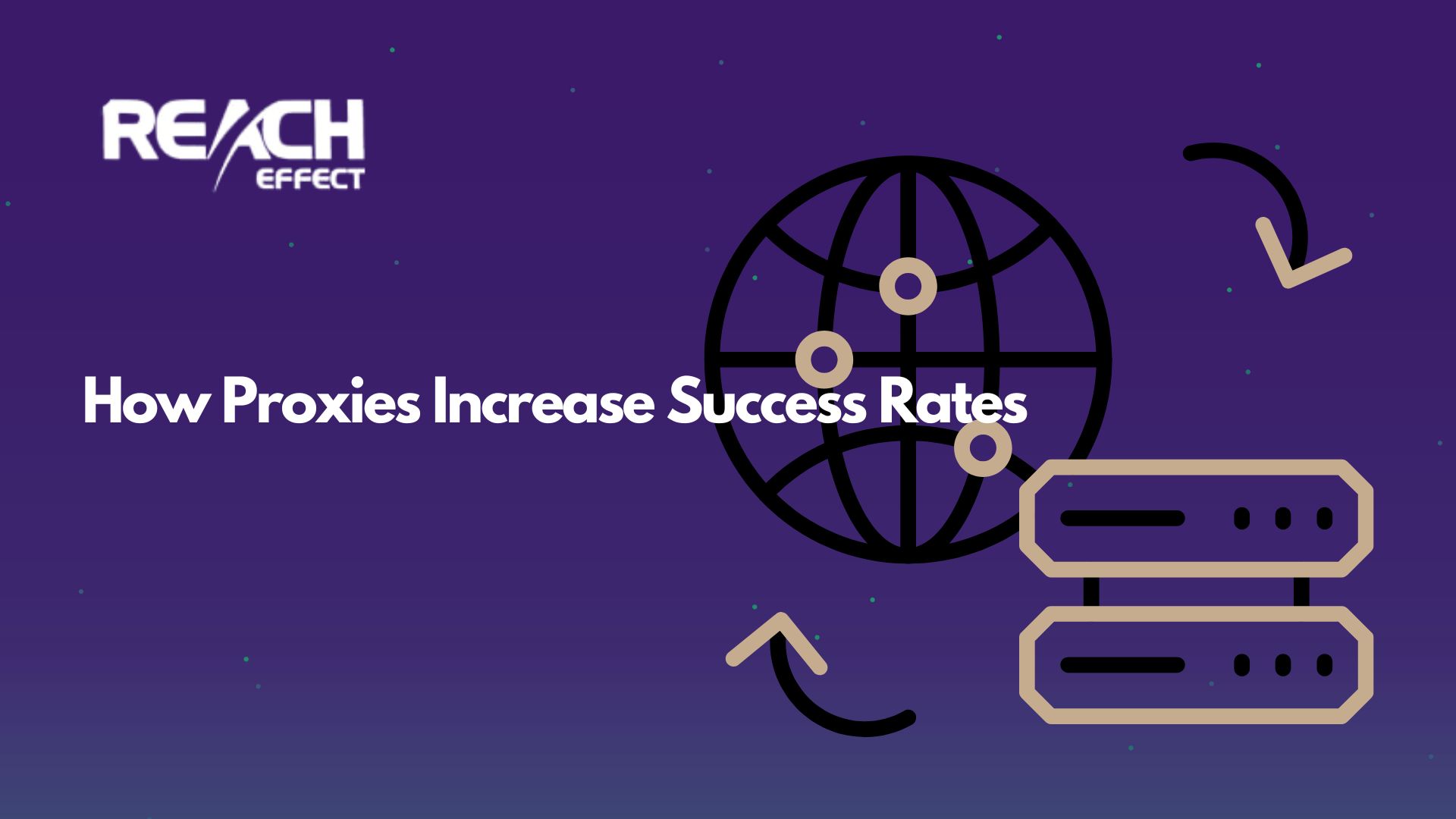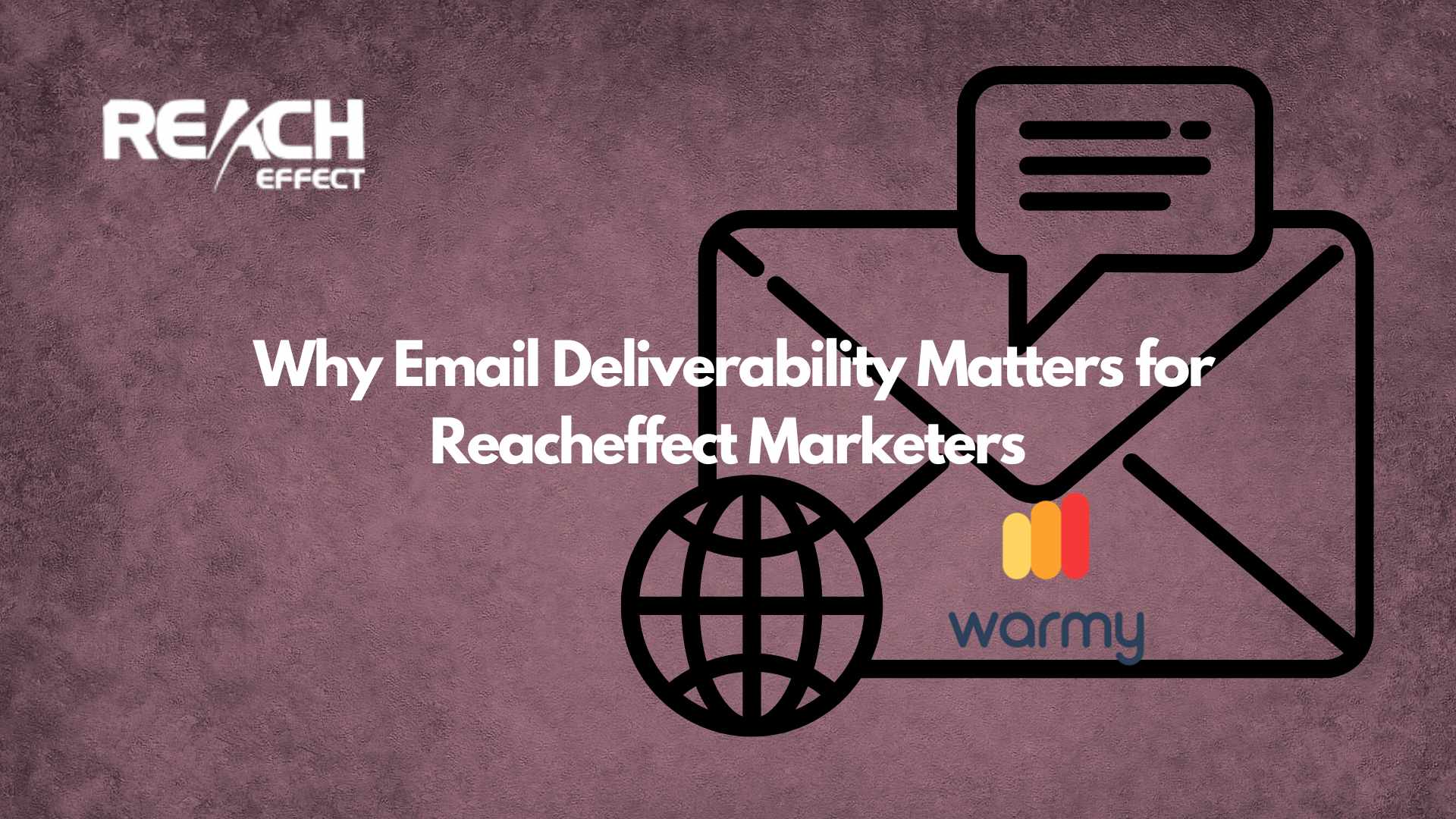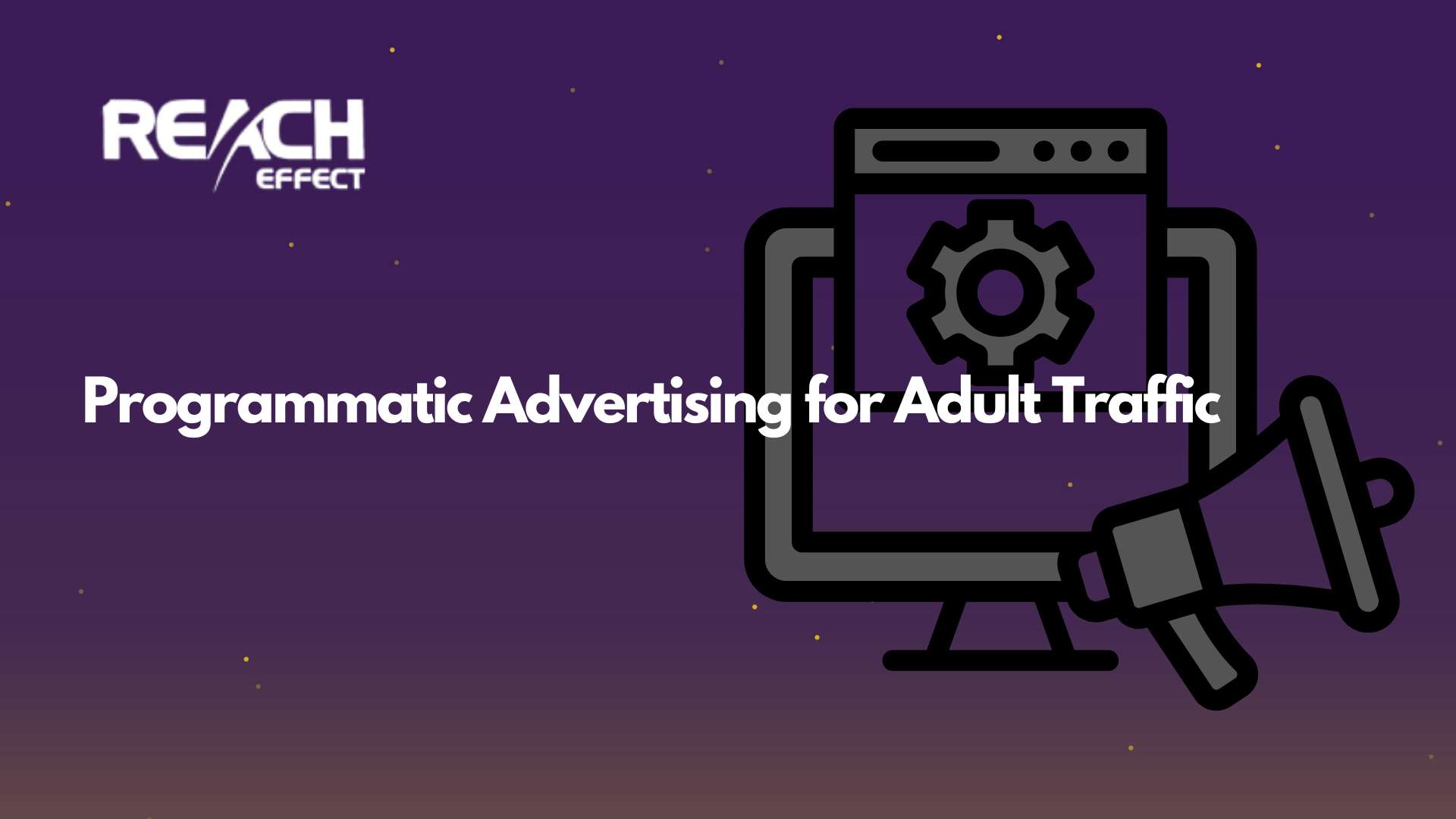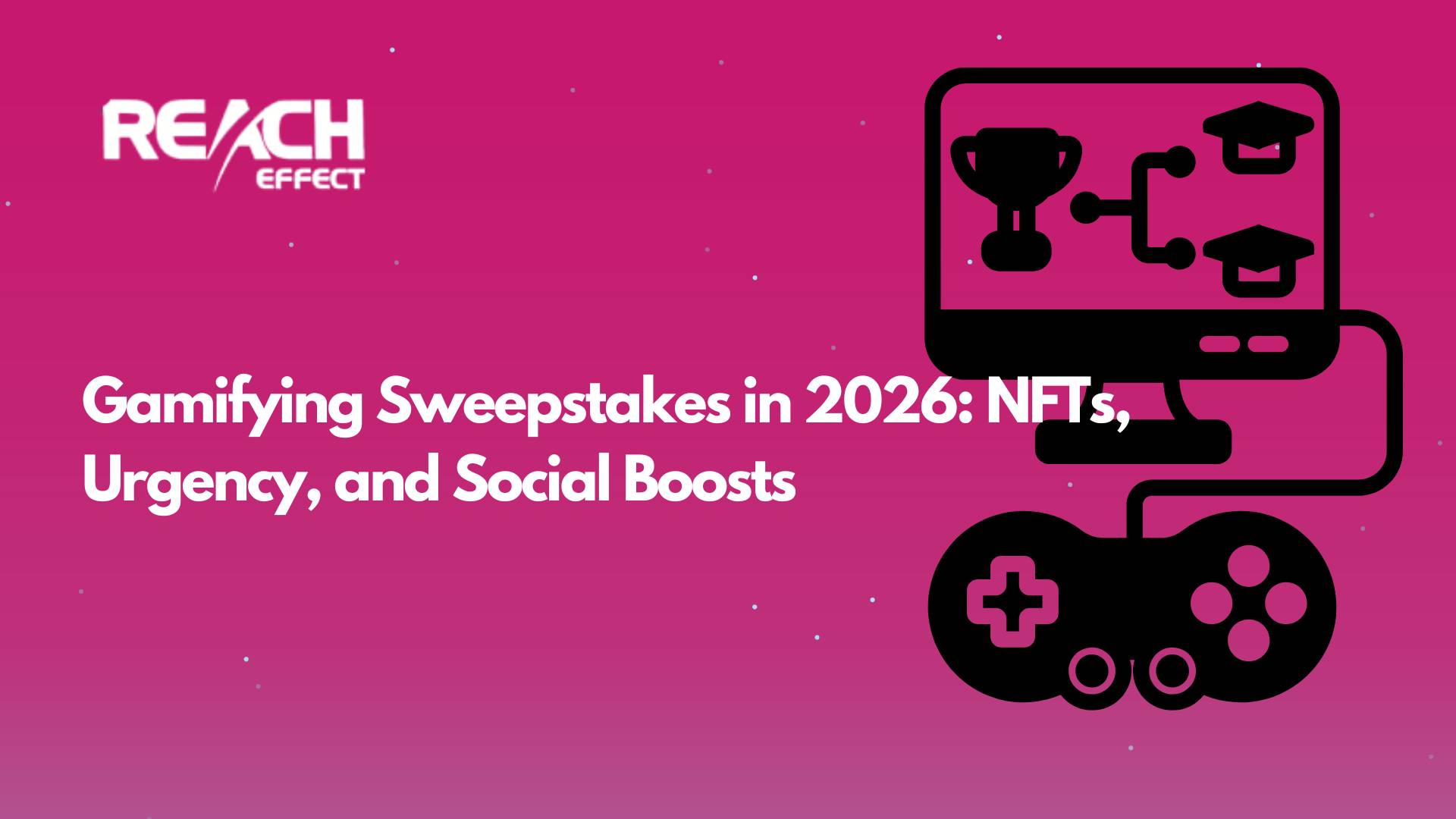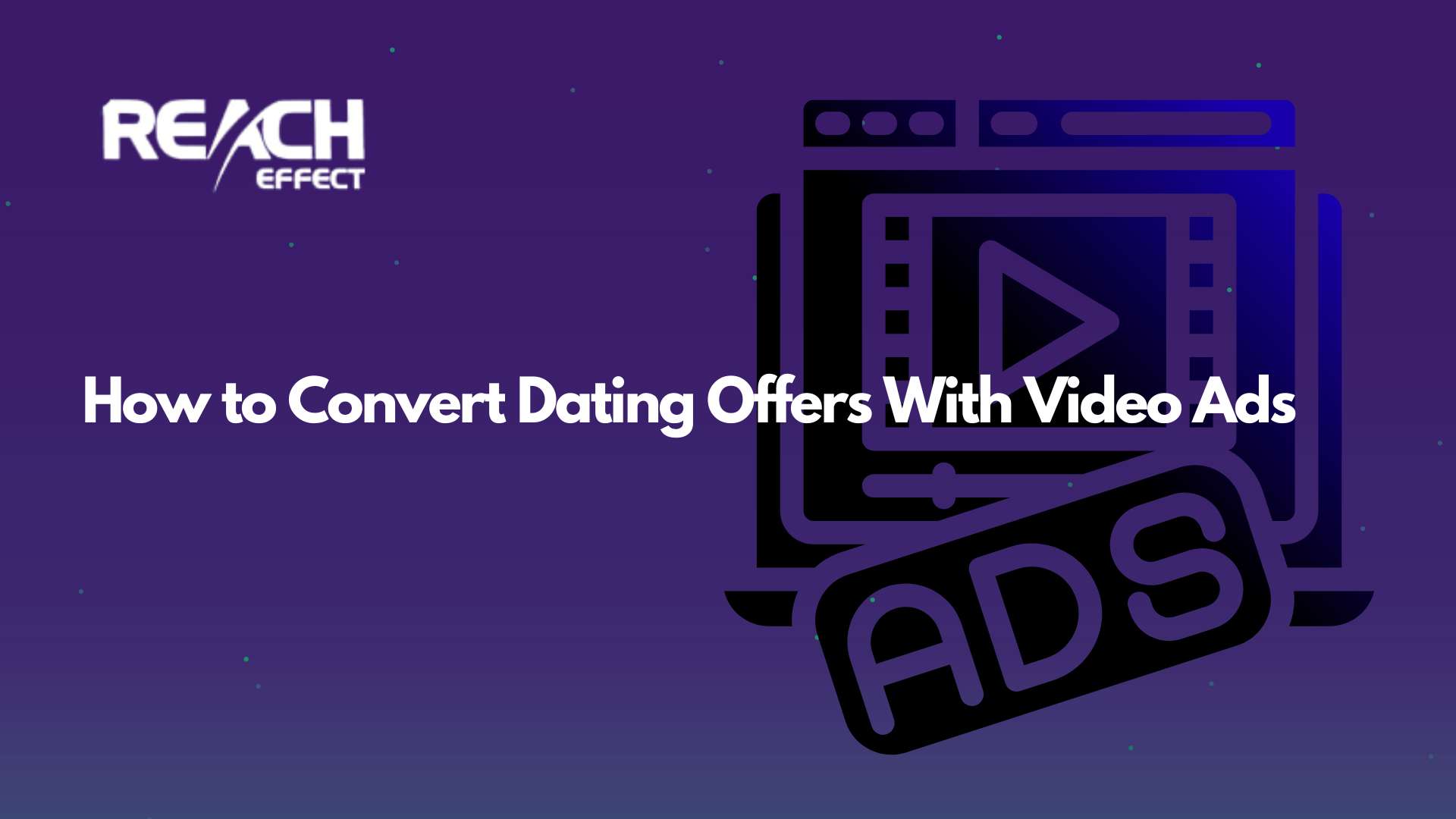When I first started running dating offers through push notifications, I made every mistake in the book. I thought slapping a pretty face on a notification and calling it a day would work. Spoiler alert: it didn’t. My conversion rates were terrible, and I was burning through my budget faster than a match on Tinder.
Thank you for reading this post, don't forget to subscribe!But after months of testing, optimizing, and learning from my failures, I discovered what actually works. Push notifications can be absolute goldmines for dating offers when you understand how to use them properly. The dating vertical remains one of the most profitable niches in affiliate marketing, and push traffic is perfectly suited for it. Why? Because push notifications mimic the intimate, personal nature of messaging apps, which is exactly what dating is all about.
In this guide, I’m sharing the 10 best practices to convert dating offers with push notifications that I’ve learned through trial, error, and eventually, success. These strategies have helped me turn struggling campaigns into profitable ones, and they can do the same for you.
Stay tuned for an awesome infographic at the end that summarizes it all!
Understanding Why Push Notifications Work for Dating Offers
Before we dive into the tactics, you need to understand why push notifications are such a natural fit for dating offers. Push ads appear as personal messages directly on someone’s device. They look like notifications from messaging apps or social platforms. This creates an immediate sense of intimacy and personal connection that other ad formats simply can’t match.
The format itself allows for head-to-head communication because the message is addressed directly to one person, creating an impact that’s perfect for the private nature of dating. When someone sees what looks like a message from a potential match, their curiosity naturally kicks in.
The key is making your push notifications feel authentic and personal, not like obvious advertisements. That’s where most marketers fail, and that’s exactly what we’re going to fix.
The Different Types of Push Notifications for Dating Offers
Not all push notifications are created equal. Understanding the different types available helps you choose the right approach for your campaign. There are three main formats worth knowing about:
Classic Push Notifications require users to opt in and subscribe. These appear as standard browser notifications and have high engagement rates because users have actively chosen to receive them. They work best for mainstream dating offers where users expect to see promotional content.
In-Page Push Notifications don’t require user subscription. They appear directly on websites and look like system notifications. These ads remind users of system notifications or real messages from apps, which is ideal for dating products, and they’re easy to mix with notifications from actual dating sites. I’ve found these particularly effective because they reach a broader audience without the opt-in barrier.
Web Push Notifications are the standard format most people think of. They appear in the corner of desktop browsers or at the top of mobile screens. These work across all devices and are perfect for retargeting campaigns.
Each type has its place in your strategy. I typically start with in-page push to test creatives with maximum reach, then scale winning campaigns with classic push notifications to subscribers who’ve already shown interest.
Types of Push Notifications for Dating Offers
Classic Push
Opt-in notifications that appear on browsers or devices. Great engagement for mainstream offers.
In‑Page Push
No subscription needed. Looks like system messages. Reaches a broader audience fast.
Web Push
Appears on all devices. Ideal for retargeting users and staying visible.
Pro tip: Start with In‑Page Push for max reach. Scale with Classic Push once users show interest.
1. Make Your Creatives Look Like Real Messages
This is the most important rule I can give you. Your push notifications need to look like genuine messages from real people, not advertisements. For the dating vertical, it’s essential to make it as close to real communication as possible, using photos of real people rather than fashion models, because the more the push notification resembles a message from an actual person, the higher the conversion possibility.
I learned this the hard way. My first campaigns used professional model photos, and they bombed. People could smell the advertisement from a mile away. When I switched to authentic-looking photos of regular, attractive people, my click-through rates doubled almost overnight.
Here’s what works: choose images that look like profile pictures someone would actually use on a dating app. Slightly grainy photos, natural lighting, selfies, casual settings. These perform infinitely better than studio-quality shots.
The text should sound conversational too. Instead of “Find Your Perfect Match Today,” try something like “Hey, saw your profile and wanted to say hi” or “Are you free tonight?” These feel personal and genuine.
2. Never Reuse Creatives That Competitors Are Running
One of the worst things you can do is choose photos that others are already using, because users receiving different messages from the same person will recognize the duplicate, making conversion rates drop to zero. Think about it from the user’s perspective. If they get three different notifications with the same girl asking them out, they’ll immediately know it’s fake.
I use spy tools to check what competitors are running in my target geos, then deliberately avoid those images. Yes, it takes more work to source unique photos, but it’s absolutely worth it. Your conversion rates depend on authenticity, and nothing kills authenticity faster than recycled creatives.
Fresh, unique creatives also help with ad fatigue. Even your own successful campaigns need regular creative rotation to maintain performance.
3. Maintain Visual Consistency Across Your Funnel
This mistake cost me thousands before I figured it out. The person in your push notification must match the person on your pre-landing page and landing page. If the landing page assumes a chatbot with messaging where girls send out photos, it would be strange to see photos of a different girl there, because you need to focus on maintaining the user’s belief in authenticity.
When I first started, I’d use one girl in my push ad, then users would land on a page with completely different people. My bounce rates were sky-high because users felt deceived immediately.
Now I make sure there’s a consistent visual story. If Sarah from the push notification says she wants to chat, Sarah better be the one chatting on the landing page. This attention to detail separates amateur campaigns from professional ones.
4. Leverage Emotional Triggers and Pain Points
Dating is fundamentally emotional. People aren’t just looking for dates, they’re looking to solve loneliness, find connection, or fulfill desires. Your push notifications should tap into these underlying emotions rather than just advertising a service.
Getting into the user’s pain points like loneliness, the urge to communicate and get acquainted helps increase click-through rates. I’ve had tremendous success with messages that acknowledge these feelings directly.
Some examples that have worked well for me include addressing specific emotional states. Messages like “Tired of spending weekends alone?” or “Finally ready to meet someone real?” connect with users on a deeper level than generic promotional copy.
The key is being empathetic without being manipulative. You’re genuinely offering a solution to a real problem people have.
5. Use Smart Personalization with Dynamic Tokens
Personalization isn’t optional anymore, it’s essential. Using dynamic tokens such as city or day in titles and descriptions allows you to customize your message to increase engagement and conversion rates. When someone sees “Meet singles in Barcelona” and they’re actually in Barcelona, it immediately feels more relevant.
At Reacheffect, we use dynamic tokens extensively in our push campaigns. Beyond just location, you can personalize based on time of day, device type, and user behavior. Someone browsing at 11 PM on a Saturday gets different messaging than someone browsing at 2 PM on a Tuesday.
This level of personalization makes your ads feel less like mass marketing and more like targeted opportunities. The technology exists to do this at scale, so there’s no excuse not to use it.
6. Create Urgency Without Being Misleading
Urgency works incredibly well in dating offers, but you have to use it ethically. Including invitations in your text like “can we chat?” or “let’s meet” works particularly well because many guys can be hesitant when it comes to dating, and this approach encourages engagement.
I’ve found that time-sensitive language increases conversions significantly. Phrases like “online now” or “just messaged you” create that fear of missing out without being dishonest. You’re not lying about anything, you’re just emphasizing the immediate opportunity.
What doesn’t work is fake countdown timers or false scarcity. Users have become savvy to these tricks, and they’ll actually hurt your credibility. Stick to genuine urgency that reflects real opportunities.
7. Test Emojis Strategically
Emojis are incredibly powerful in push notifications, but they need to be used thoughtfully. Adding emojis to your push notification message enables you to shorten your text to make it more punchy, effective and readable, and you can use an emoji similar to the brand or logo to make your message more striking.
I typically use emojis that relate directly to dating and connection. Hearts, winking faces, and conversation bubbles work well. They catch the eye and convey emotion instantly. However, too many emojis make your ad look spammy and unprofessional.
My rule of thumb is one or two emojis maximum per notification. Place them strategically where they’ll have the most impact, usually at the beginning or end of your message.
8. Optimize Your Landing Pages for Mobile
Most push notification traffic comes from mobile devices, so your landing pages absolutely must be mobile-optimized. This sounds obvious, but I still see marketers running beautiful desktop landing pages that look terrible and load slowly on phones.
Page speed is critical. If your landing page takes more than three seconds to load, you’re losing conversions. I’ve tested this extensively, and every second of delay costs you money. Use accelerated mobile pages, compress images, and minimize scripts.
The landing page should also have a clear, simple call to action. Mobile users aren’t going to read lengthy explanations or fill out complicated forms. One or two fields maximum for the initial conversion, then you can gather more information later in the funnel.
9. Segment Your Audience for Better Targeting
Not everyone responds to the same messaging, which is why audience segmentation is crucial. I segment my dating offer audiences by age, gender, location, device type, and time of day. Each segment gets tailored creatives that speak directly to them.
For example, messaging for men aged 25-35 is very different from messaging for men aged 50-65. The images, language, and offers need to match the demographic. Younger audiences respond better to casual, playful messaging, while older audiences prefer more straightforward, relationship-focused approaches.
Geographic segmentation matters too. Cultural attitudes toward dating vary significantly between countries and even regions within countries. What works in the United States might completely flop in Japan or Brazil.
10. Monitor, Analyze, and Optimize Continuously
The work doesn’t stop once your campaign is live. Successful push notification campaigns require constant monitoring and optimization. I check my campaigns multiple times daily during the testing phase, looking at click-through rates, conversion rates, and cost per acquisition.
Testing variations of creative elements is essential because for dating offers, user preferences can shift rapidly, so rotating new creatives keeps your ads fresh. What worked last month might not work this month. Consumer preferences change, ad fatigue sets in, and competitors adjust their strategies.
I use A/B testing religiously. Every campaign has at least three creative variations running simultaneously. I let them run long enough to gather statistically significant data, then kill the losers and scale the winners. This iterative approach has been the single biggest factor in improving my campaign performance.
Pay special attention to your metrics over time. A creative that performs well initially might decline after a few weeks. Fresh creatives need to be ready to replace them before performance drops too much.
10 Creative Rules for Dating Push Ads
Real Messages
Make creatives look like genuine chats — use authentic photos and conversational text.
Unique Creatives
Never copy competitors. Original photos build trust and prevent ad fatigue.
Visual Consistency
Match the person in your ad with the landing page to keep user trust high.
Emotional Hooks
Tap into feelings like loneliness or desire for connection to boost clicks.
Smart Personalization
Use tokens like city or time to make messages feel personal and relevant.
Real Urgency
Use time-sensitive language ethically — no fake timers or scarcity tricks.
Emoji Power
One or two emojis can make your ad pop — but don’t overdo it.
Mobile First
Optimize landing pages for speed and simplicity on mobile devices.
Segmenting
Target by age, gender, location & behavior to tailor messages effectively.
Test & Optimize
Monitor metrics, rotate creatives, and scale what works best.
Common Mistakes to Avoid
Throughout my experience running dating offers with push notifications, I’ve identified several critical mistakes that tank campaigns. First, being too aggressive with notification frequency will get you blocked or uninstalled quickly. Respect your audience’s attention.
Second, using misleading creatives that don’t match your actual offer. A creative promising one-night encounters with someone attractive that leads to an ordinary mainstream dating website is misleading, and you’ll observe high click-through rates but almost zero conversions. The temporary boost in clicks isn’t worth destroying your conversion rates and wasting your budget.
Third, ignoring regional differences and failing to localize your campaigns properly. Not adapting ads for different regions lowers conversion rates significantly, and localizing text and creatives for the culture and language of your target audience is a vital step toward success.
Putting It All Together
Running successful dating offers with push notifications isn’t rocket science, but it does require attention to detail, constant testing, and a genuine understanding of your audience. The ten best practices I’ve shared here form the foundation of every profitable campaign I run.
Start with authentic, unique creatives that look like real messages. Maintain consistency throughout your funnel. Use personalization and emotional triggers to connect with users. Test everything continuously and optimize based on data, not hunches.
The dating vertical isn’t going anywhere. People will always be looking for connection, and push notifications will continue to be one of the most effective ways to reach them. The marketers who win are those who treat their audience with respect, deliver genuine value, and constantly refine their approach.
Remember, every failed campaign is just data that tells you what doesn’t work. Learn from it, adjust, and keep testing. Your breakthrough campaign might be just one optimization away.

